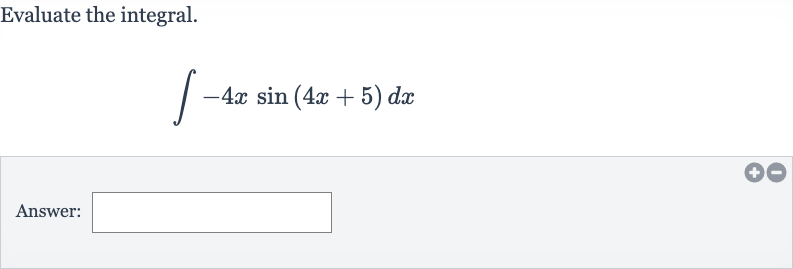AI tutor
Full solution
Q. Evaluate the integral.Answer:
- Choose and : Let's use integration by parts to solve the integral of the form . We can choose and . Then we need to find and .
implies
To find , we integrate :
To integrate , we use a substitution. Let , then , or .
Now we substitute back : - Integrate dv to find v: Now we apply the integration by parts formula:Plugging in our , , , and , we get:Simplify the equation:
- Apply integration by parts formula: Now we need to integrate . We will use the same substitution as before:, , or .This integral is straightforward:Substitute back :
- Integrate : Now we substitute the integral we just found back into our integration by parts formula:This is the antiderivative of the function. We add the constant of integration to complete the indefinite integral.

